Table of content
In the vast realm of culinary delights, wild rice stands out as a unique and nutritious ingredient that offers a distinct flavor and texture, setting it apart from its more common domesticated counterparts. This aquatic grass, native to North America, has been a staple in the diets of indigenous peoples for centuries and has gradually gained popularity worldwide for its earthy aroma, chewy consistency, and an array of health benefits. The preparation of wild rice, while seemingly straightforward, involves several techniques and considerations to fully unlock its flavor potential. This article delves into the various methods of cooking wild rice, highlighting traditional approaches, modern twists, and innovative recipes that can elevate your culinary experiences.

Understanding Wild Rice
Before diving into the preparation, it’s crucial to understand the unique characteristics of wild rice. Unlike regular rice, which is a cereal grain, wild rice is the seed of an aquatic plant known scientifically as Zizania palustris. Its dark, nutty flavor and firm texture are a result of its natural growing environment and slow-maturing process. Wild rice is also rich in essential nutrients such as protein, fiber, and various vitamins and minerals, making it a highly nutritious addition to any meal.
Basic Preparation Techniques
Rinsing and Soaking
The first step in preparing wild rice is to rinse it thoroughly under cold running water to remove any debris or impurities. Some recipes recommend soaking the rice for a few hours or overnight to soften it and shorten the cooking time. However, this step is optional and largely depends on personal preference and the cooking method chosen.
Boiling
The most traditional method of cooking wild rice involves boiling it in water or a flavorful broth. To start, use a ratio of approximately 3 to 4 cups of liquid per cup of wild rice. Bring the liquid to a boil, add the rinsed rice, reduce the heat to a simmer, and cover. Cooking time can range from 40 to 50 minutes, or until the rice is tender but still has a slight chewiness. It’s important to check the rice periodically and add more liquid if necessary to prevent sticking or burning.
Steaming
An alternative to boiling, steaming wild rice preserves more of its nutrients and flavor. You can use a steamer basket or a rice cooker with a steaming function. Again, use the same liquid-to-rice ratio and bring the water to a boil before placing the rice in the steamer. Steam for about an hour, or until the grains are tender. This method often yields a more distinct and intense flavor.
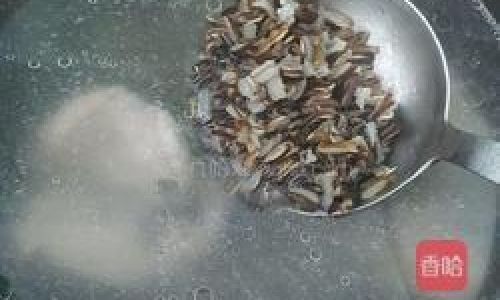
Advanced Cooking Techniques
Pressure Cooking
For those who prefer a faster cooking time, a pressure cooker is an excellent option. Wild rice can be cooked in half the time compared to traditional methods. Use the same liquid-to-rice ratio, bring the pressure cooker to high pressure, and cook for about 20-25 minutes. Allow the pressure to release naturally for the best results.
Slow Cooking
A slow cooker provides a hands-off approach to cooking wild rice, perfect for busy individuals or those who enjoy the convenience of set-it-and-forget-it cooking. Again, use the standard liquid-to-rice ratio and set the slow cooker to low. Cooking time can vary but is generally around 4-6 hours, depending on the slow cooker’s efficiency and the desired doneness of the rice.
Innovative Recipes and Flavor Combinations
Wild Rice and Mushroom Risotto
Transform wild rice into a creamy, decadent risotto by cooking it with a rich mushroom broth. Sauté chopped mushrooms, garlic, and shallots until fragrant, then add the rice and cook slowly, stirring frequently, until tender. Finish with a splash of cream, freshly grated Parmesan, and a handful of chopped herbs for a luxurious dish.
Wild Rice Stuffing
Wild rice adds a delightful crunch and nutty flavor to traditional stuffing recipes. Combine cooked wild rice with sautéed onions, celery, and garlic, seasoned with poultry seasoning, thyme, and sage. Mix in some chopped nuts, dried fruit, and breadcrumbs for added texture and moisture. This stuffing pairs beautifully with roasted meats or as a standalone vegetarian dish.
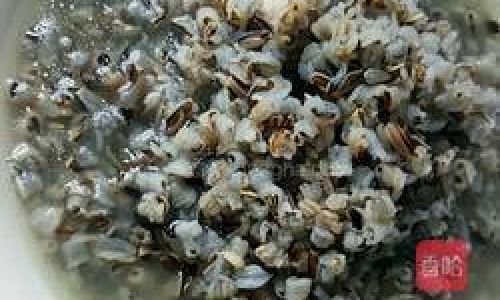
Wild Rice Salad
For a refreshing and healthy summer dish, try a wild rice salad. Cook the rice and mix it with a variety of vegetables such as cherry tomatoes, cucumbers, bell peppers, and red onion. Toss with a light vinaigrette made from olive oil, balsamic vinegar, Dijon mustard, and honey. Add some protein like grilled chicken or chickpeas for a more filling meal.
Wild Rice Pilaf
Elevate your side dish game with a wild rice pilaf. Cook the rice in a mixture of vegetable or chicken broth and toasted spices like cumin, coriander, and turmeric. Once the rice is tender, fold in sautéed vegetables like carrots, peas, and bell peppers, along with chopped fresh herbs like cilantro or parsley. This dish is vibrant, flavorful, and perfect for serving with grilled meats or seafood.
Conclusion
Wild rice is a versatile and nutritious ingredient that can be enjoyed in a multitude of ways. From traditional boiling and steaming to modern pressure cooking and slow cooking, the preparation techniques are as diverse as the recipes that can be created. By experimenting with different cooking methods and flavor combinations, you can unlock the full potential of wild rice, transforming it into a culinary masterpiece that delights the senses and nourishes the body. Whether you’re looking for a hearty side dish, a creative main course, or a refreshing salad, wild rice offers a unique and delicious addition to your culinary repertoire.
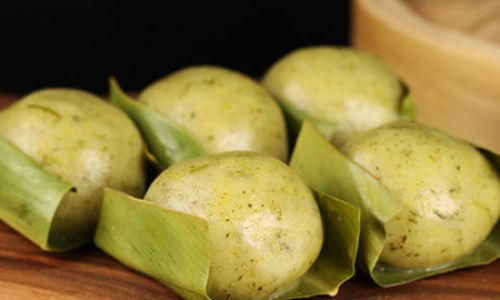
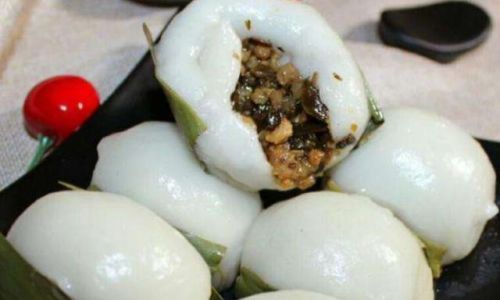
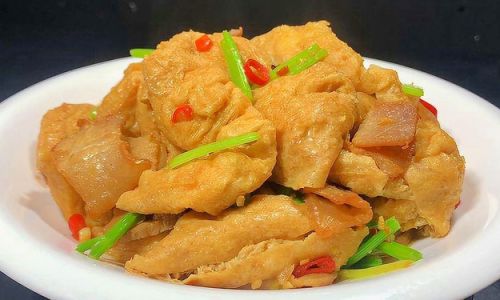
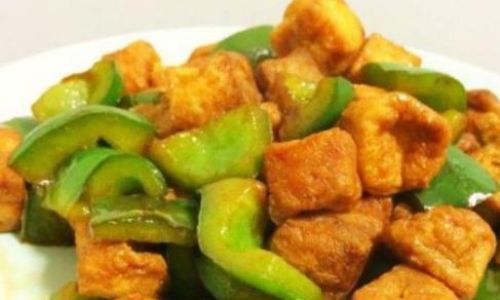
0 comments